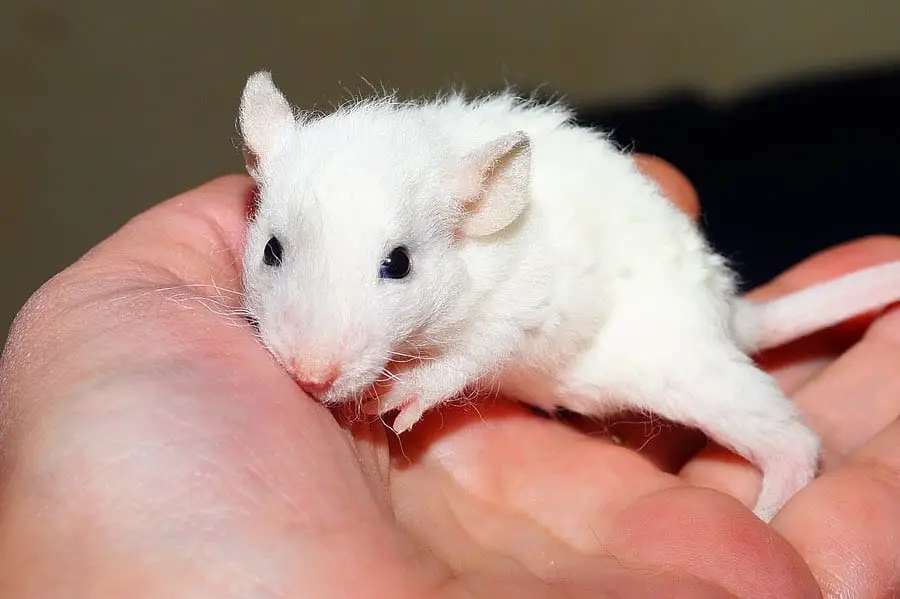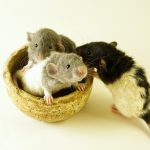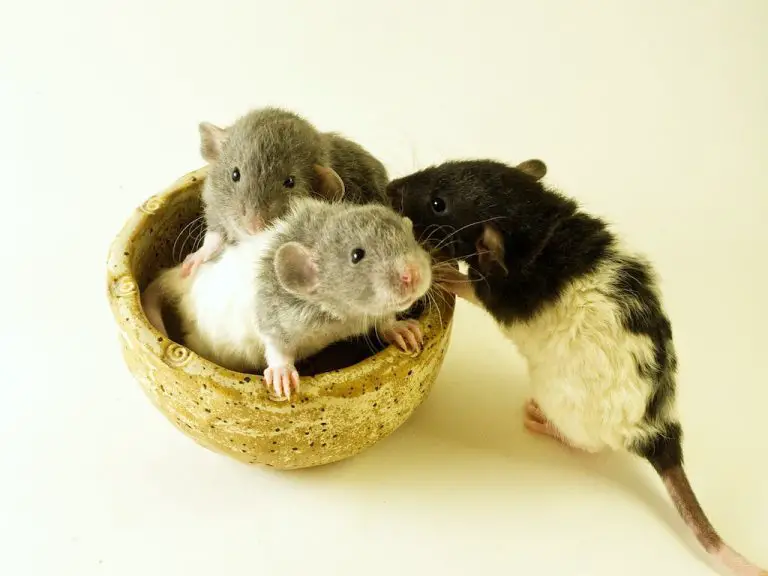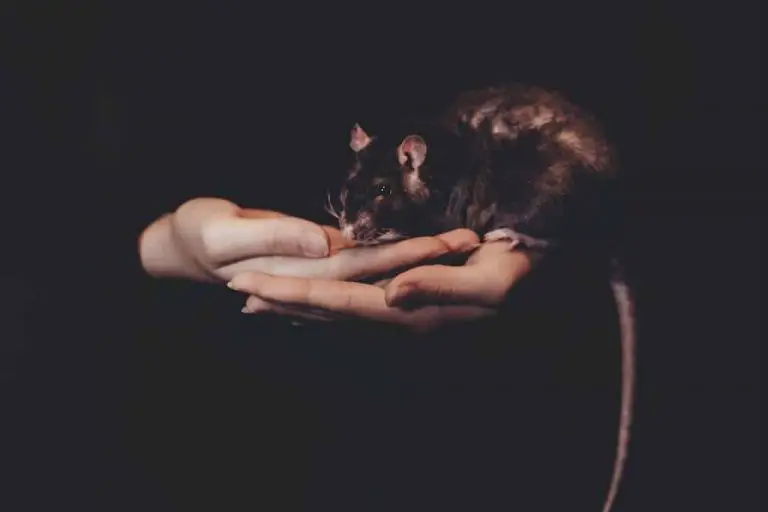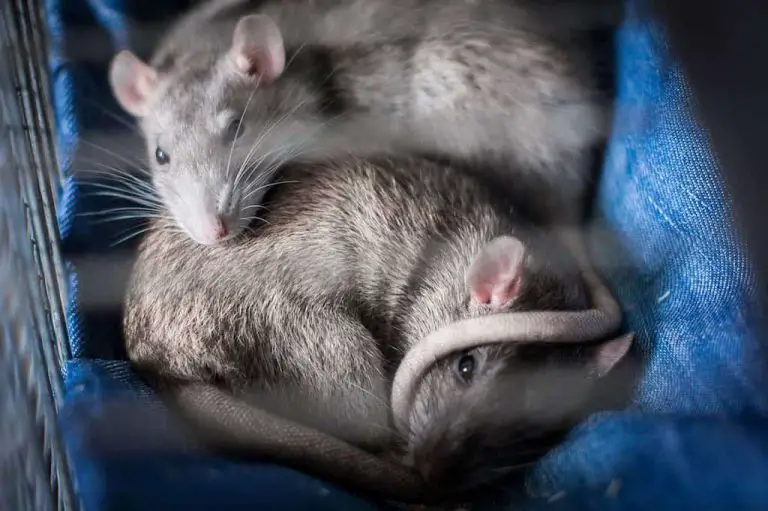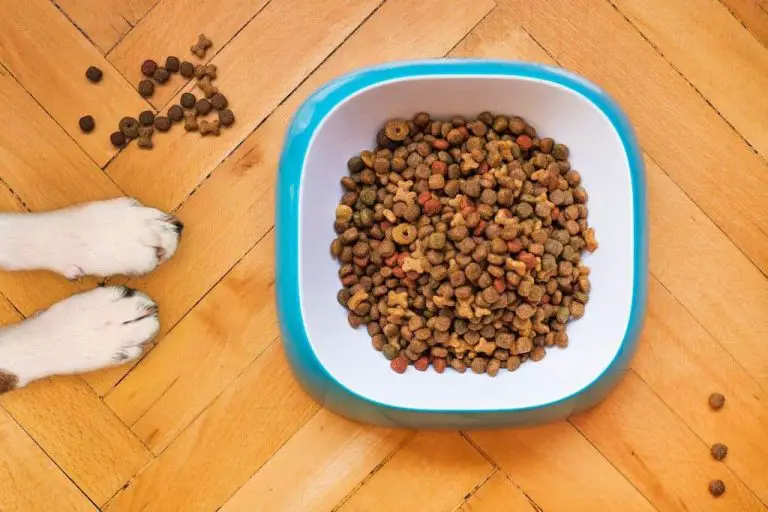Can You Kiss Your Pet Rat?
I love all of my pets, and a large part of showing my affection is kissing and cuddling them. While rats are just as cute and cuddly as any other fuzzy mammal, can you kiss your pet rat safely?
As a general rule, you should never kiss a rat or any animal from the rodent family. They carry germs that can make you sick. You can still enjoy your pet rat safely if you follow a few guidelines and precautions, like washing your hands and keeping them away from at-risk people.
Of course, I love my pet rat. How can I show my pet rat affection without risking my health and those of my family without spreading harmful germs? Today we’ll talk in more detail about why I don’t recommend you kiss your pet rat often and some alternative ways to show your love for them.
What Kind of Illnesses and Disease Does My Rat Potentially Spread?
What kind of illnesses can my pet rat spread to my family? How worried should I be about germs it may be spreading?
There are two types of bacteria that rats, and other rodents, typically naturally carry and spread. The first one is Streptobacillus moniliformis, and the second is Spirillum minus. Just handling a rodent carrying either of these infections is enough to make a human seriously ill. How do we prevent it?
What conditions, if any, can make the chances of these germs more likely to make us sick?
Rats carry these germs in their respiratory tract, nose, and mouth. When we handle our pet rats, we can become infected by handling or handling things in or around their habitat. If our rat gets scared and scratches or bites us, we are at a greater risk of becoming infected.
Rat Bite Fever Is a Real Concern
These scratches or bites often cause a disease called rat-bite fever or Haverhill fever. When treated promptly, it is treatable. The best way to prevent it is not to have contact with rodents of any kind, but especially rats, because they are the biggest spreaders.
Fortunately, rat-bite fever is rare but does occur worldwide. Dogs can also catch Streptobacillus moniliformis if they come in contact with rats, although animals rarely get rat-bite fever.
Common ways to catch rat-bite fever is from:
- Bites.
- Scratches.
- Kissing them.
- Sharing food with them.
- Allowing the rat to lick or smell an open cut.
- Consuming contaminated food or drink that has the bacteria.
Rats can look perfectly healthy and still carry the germs that cause rat-bite fever.
How Can You Protect Yourself from Potentially Getting Ill from Your Pet Rat?
The easiest way to not get sick from germs rats carry is, of course, not to handle them or have them around. However, if you are like me and already are attached to your pet rat, then you should read these guidelines the Center for Disease Control has for owners of pet rodents.
- Avoid pet rodents for children under five.
- Keep pet rodents away from pregnant women.
- Avoid having rodents around people who have a weakened immune system.
- Wash your hands immediately after touching, feeding, or caring for your pet rodent.
- Never kiss, nuzzle, or hold your pet rat near your face.
- Do not eat or drink anything with your pet rat or while caring for your pet rat.
- Limit the area your rodent can roam and contaminate with germs.
- Never let your pet rat into the kitchen or place his food in there or anywhere else food might be prepared or eaten.
- It is best to clean your pet rat’s habitat outside when possible. Never take it in the kitchen to do anything to it.
- Clean it regularly and use a disinfectant to kill all the germs.
- Take your pet to the veterinarian regularly to keep it healthy.
- Make sure your doctor knows you are around a pet rat.
When we follow these CDC guidelines, we lessen our risk of becoming ill from our pet rat.
What Symptoms Should I Watch for Before Getting Checked for Rat-Bite Fever?
What are the symptoms of rat-bite fever? How will I know I need to see a doctor?
If you do get bitten by your pet, immediately wash the wound thoroughly with antibacterial soap and warm water. Keep the wound clean and protected from more germs. Do not think you are safe from rat-bite fever. Even if the wound completely heals, it can still cause the illness.
Streptobacillus monliliformis
Some of the first symptoms to watch for are a headache and nausea for streptobacillus monliliformis. A fever is another symptom. Check for a bumpy red rash on your hands and feet. This rash usually occurs about two to four days after the fever starts. Next, watch out for swollen joints and pain that is not normal for you.
Illness does not start until three to ten days after the person becomes infected. It can take three weeks to affect an infected person.
Spirillum minus
Common symptoms of the Spirillum minus include swollen lymph nodes and sores usually near where the infection first occurred. Later you may get a rash. You will usually become ill between seven and twenty-one days after becoming infected.
Haverhill fever
This form of illness generally occurs after ingested something contaminated by the germs. Your symptoms will usually be headache, fever, sore throat, nausea, and vomiting.
Without treatment, these illnesses can lead to severe complications like pneumonia. Some people even develop meningitis or infections in their heart like myocarditis and endocarditis. Left untreated very long, and the person may even get sepsis, the bacteria spreads throughout the entire body in the blood. When it gets to this point, between seven and ten percent may end in death.
To Conclude
Like many pet owners, we do not want to give them up once we have our pets. Taking some new precautions can allow you to continue enjoying your pet rat without getting ill or risking your family’s health. Keeping our pet rats out of our faces and not handling food or drinks while playing with them, among other CDC suggestions, especially hand washing, can help keep you and me enjoying our pet rats for years to come safely.

